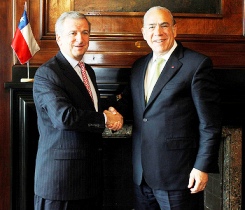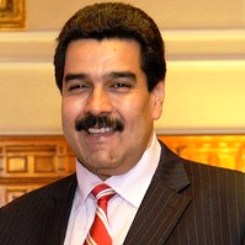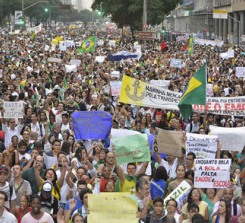By Ryan Mallett-Outtrim* | IDN-InDepth NewsAnalysis
CARACAS (IDN | Venezuelanalysis.com) – Two events that defy hawk logic have taken place in the same month. First, on June 5 United States secretary of state John Kerry met with Venezuela’s foreign minister, Elias Jaua, and stated that he had agreed to pursue a more “positive relationship” with Venezuela. Then, just weeks later, Iranians voted in a president who has openly argued against nuclear proliferation.
What happened? Iran and Venezuela’s amiable relationship of the last decade was supposed to be the sum of all fears for Washington. Two “tyrants”, Mahmoud Ahmadinejad and Hugo Chavez, were accused of co-sponsoring all sorts of wild, fantastical plots by Washington’s warmongers. But was the Iran-Venezuela relationship ever about crushing the “free world” by assembling an unholy alliance of druglords, Islamists and socialists, or is there a slightly saner explanation?








